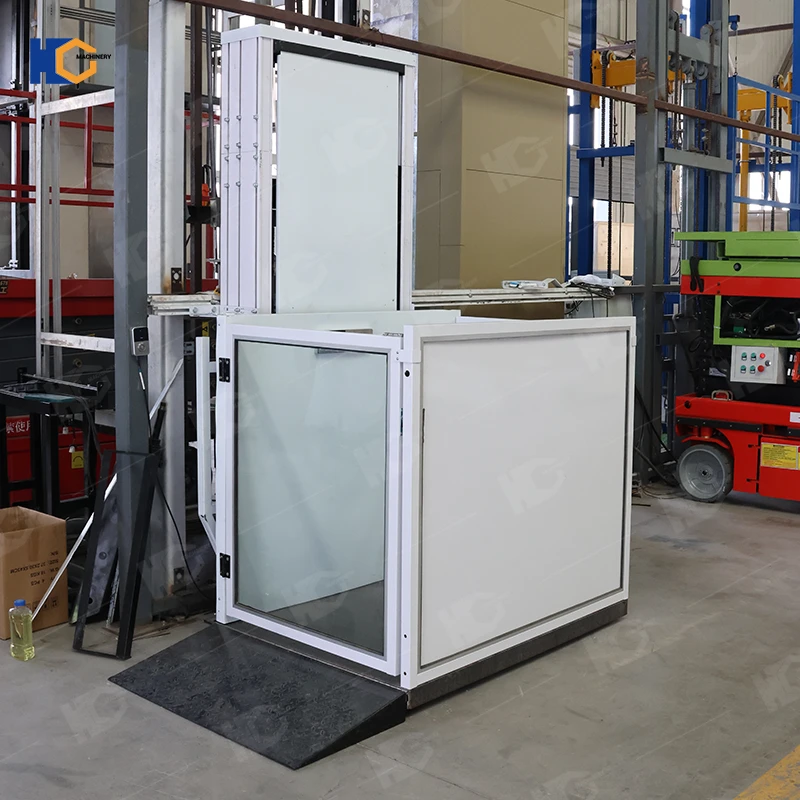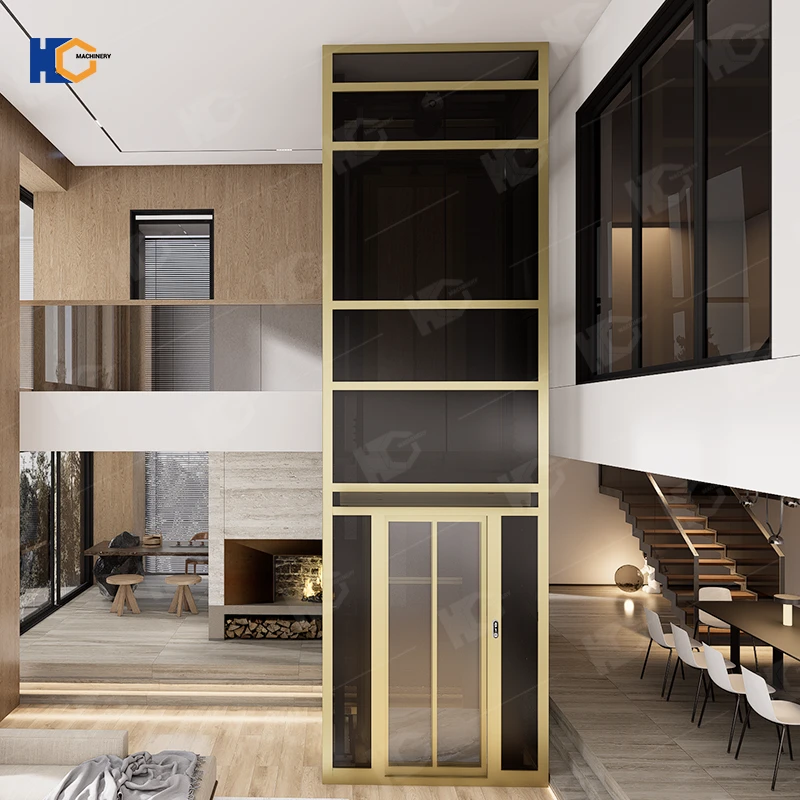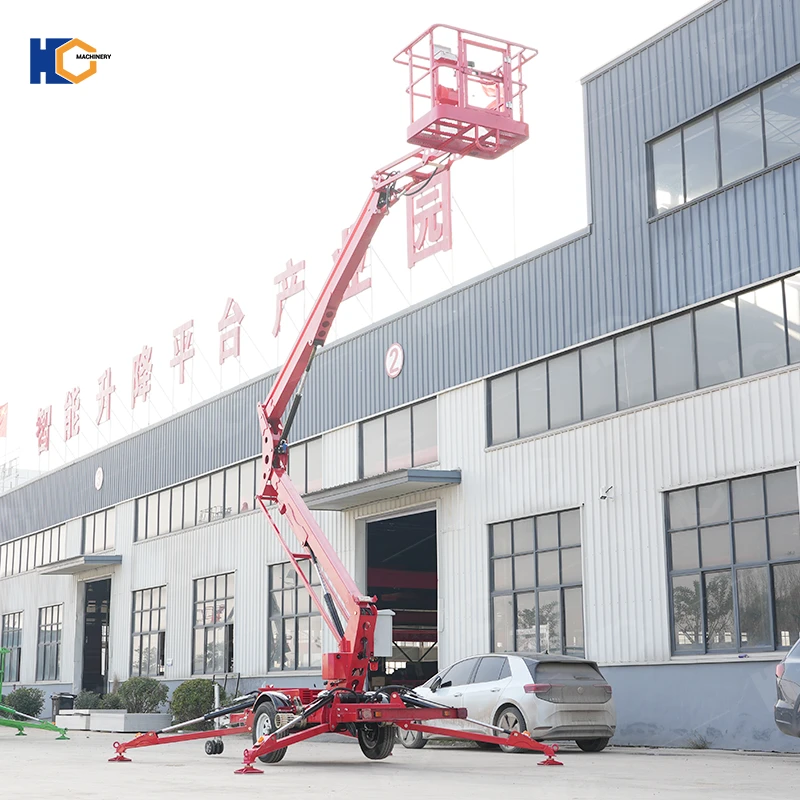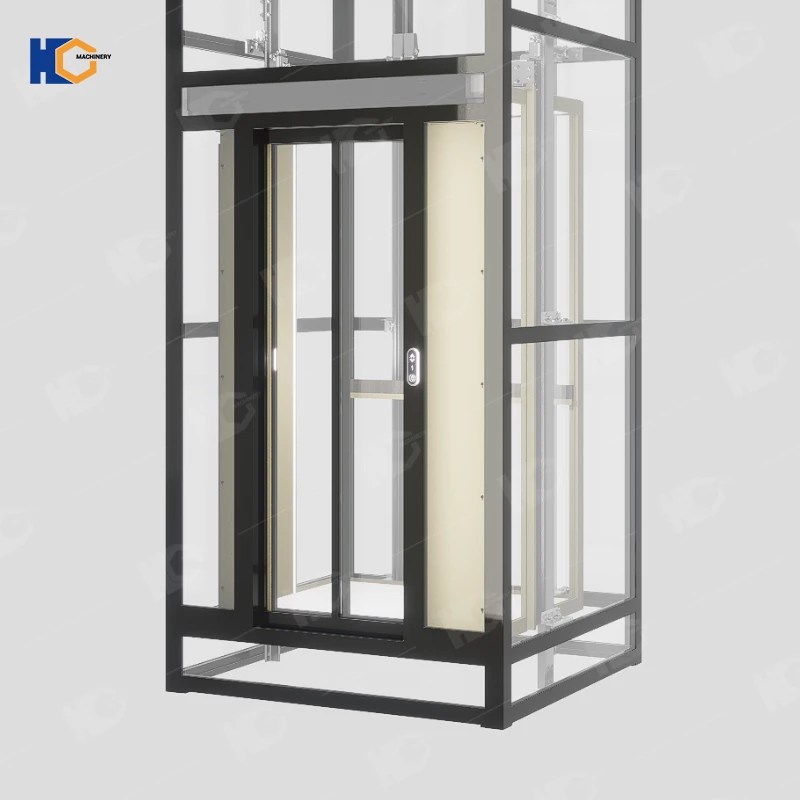With the growing emphasis on inclusive design and accessibility standards (AS 1735.14 and DDA compliance), the demand for platform lifts across Australia has increased significantly. However, buyers often ask the same key question:
“How much does a wheelchair platform lift cost in Australia?”
This guide provides a detailed breakdown of types, features, costs, installation factors, and real Australian market data (2024–2025) to help you make an informed decision.
What is a Wheelchair Platform Lift?
A wheelchair platform lift (also called a vertical platform lift or VPL) is a powered lifting system designed to move a wheelchair user between different floor levels safely. Unlike elevators, platform lifts are more compact, affordable, and easier to install, making them ideal for homes, schools, community centres, and businesses.
Types of Wheelchair Platform Lifts in Australia
1. Vertical Platform Lifts (VPLs)
Function: Moves vertically between floors
Application: Homes, schools, small buildings
Price Range: AUD 15,000 – AUD 40,000
2. Inclined Platform Lifts (IPL)
Function: Installed on staircases, carrying wheelchairs along the incline
Application: Heritage buildings, narrow spaces
Price Range: AUD 18,000 – AUD 50,000
3. Portable Wheelchair Lifts
Function: Mobile, foldable lift used for events or temporary needs
Application: Stages, churches, event venues
Price Range: AUD 7,000 – AUD 15,000
4. Hydraulic vs. Screw Drive Lifts
Hydraulic: Smooth, powerful, higher maintenance
Screw Drive: Lower maintenance, reliable, slightly noisier
Price Difference: Hydraulic lifts usually 15–20% more expensive
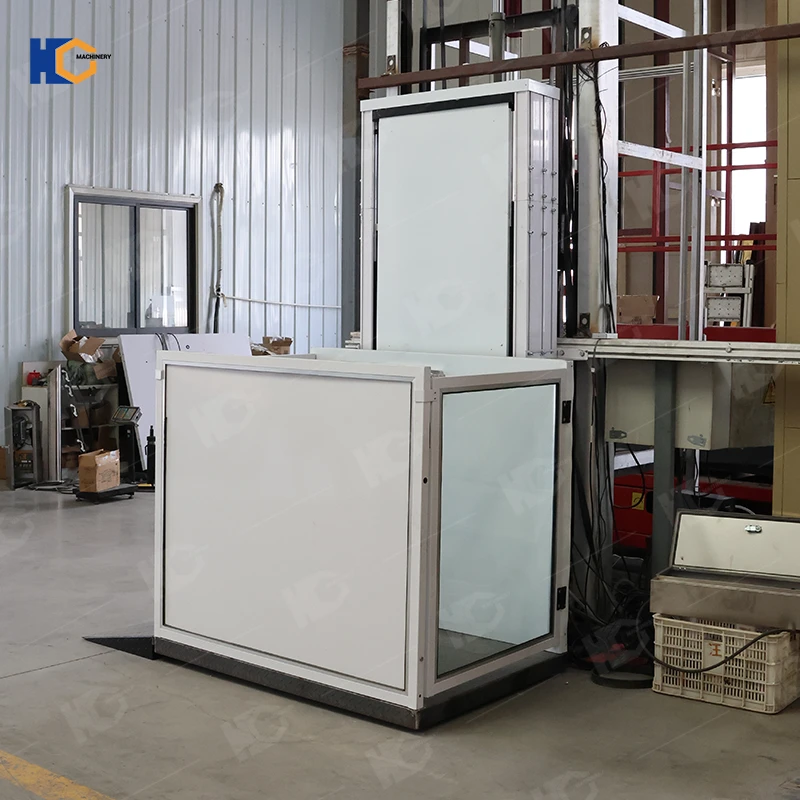
Wheelchair Platform Lift Prices in Australia (2025 Data)
| Type of Lift | Price Range (AUD) | Installation Cost (AUD) | Total Typical Cost (AUD) |
|---|---|---|---|
| Vertical Platform Lift | 15,000 – 40,000 | 4,000 – 12,000 | 19,000 – 52,000 |
| Inclined Platform Lift | 18,000 – 50,000 | 5,000 – 15,000 | 23,000 – 65,000 |
| Portable Lift | 7,000 – 15,000 | Minimal (setup only) | 7,000 – 15,000 |
| Custom Commercial Solutions | 40,000 – 80,000+ | 10,000 – 25,000 | 50,000 – 100,000+ |
Market Insight: According to Australian accessibility equipment suppliers, the average residential wheelchair lift costs around AUD 25,000 – 35,000 installed, while commercial projects average AUD 40,000 – 60,000.
Key Factors That Affect Wheelchair Platform Lift Prices
1. Lift Type & Size
Larger platforms for power wheelchairs cost 10–20% more.
2. Travel Height
Each additional metre of travel can add AUD 1,000 – 2,000.
3. Indoor vs. Outdoor Use
Outdoor lifts require weatherproofing & corrosion resistance, adding 15% cost.
4. Customisation
Glass doors, luxury finishes, or remote control systems increase costs.
5. Installation Complexity
Retrofitting in older homes/buildings may require structural modifications.
6. Service & Maintenance Contracts
Annual maintenance: AUD 400 – 1,200 depending on usage.
Wheelchair Platform Lift Accessories & Features
Automatic Doors & Ramps – Enhance independence (AUD 2,000 – 5,000)
Safety Sensors – Stops lift if obstruction detected
Emergency Backup Power – Essential for outages (AUD 1,500 – 3,000)
Remote Controls – Convenient operation (AUD 500 – 1,200)
Custom Platform Sizes – For bariatric users or large power chairs
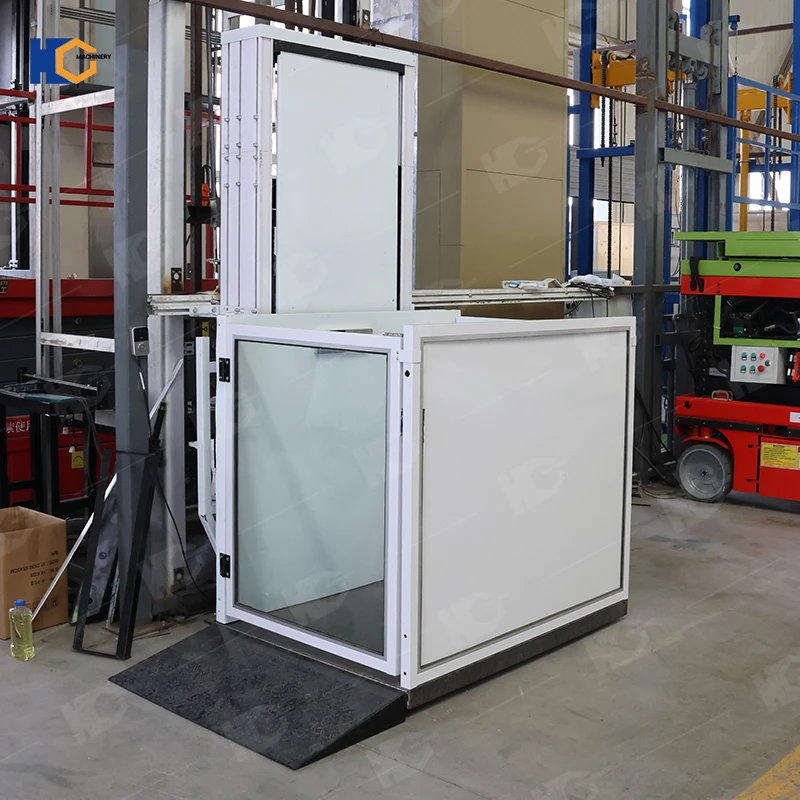
Government Funding & NDIS Support in Australia
NDIS (National Disability Insurance Scheme): Covers part or full cost for eligible participants.
Home Modifications Grants: State-based funding available.
Tax Benefits: Equipment may be tax-deductible for businesses ensuring accessibility compliance.
Buying Guide – How to Choose the Right Wheelchair Platform Lift
Assess User Needs: Manual vs. power wheelchair, frequency of use.
Consider Space: Indoor/outdoor, staircase vs. vertical shaft.
Check Compliance: Must meet Australian Standards (AS 1735.14).
Compare Quotes: Always get 3–4 supplier quotes to compare.
Factor Maintenance Costs: Long-term support is crucial.
Top Wheelchair Lift Suppliers in Australia (2025)
Platform Lift Company Australia
Master Lifts
Easy Living Home Elevators
Access Lifts Australia
Southwell Lifts & Hoists
10 FAQs
1. How much does a wheelchair lift cost in Australia?
Between AUD 15,000 – 60,000, depending on type, size, and installation.
2. Are wheelchair lifts covered by NDIS?
Yes, NDIS may cover full or partial costs if deemed “reasonable and necessary.”
3. What’s the difference between a lift and an elevator?
Elevator: Higher capacity, faster, more expensive.
Platform Lift: Compact, affordable, designed for accessibility.
4. Do I need council approval to install a wheelchair lift?
Yes, most councils require building permits for permanent installations.
5. How long does installation take?
Typically 2–6 weeks, depending on site complexity.
6. What is the lifespan of a wheelchair platform lift?
On average 15–20 years, with proper maintenance.
7. Can wheelchair lifts be used outdoors?
Yes, with weatherproofing and proper installation.
8. How often should lifts be serviced?
At least once every 6–12 months, per Australian Standards.
9. Can platform lifts carry more than one person?
Yes, but weight capacity is usually 250–400 kg.
10. Is renting a wheelchair lift possible in Australia?
Portable lifts may be available for short-term rental (AUD 200–500/week).
Conclusion
Wheelchair platform lifts are a vital accessibility solution in Australia, with prices ranging from AUD 15,000 to over 60,000 depending on type, installation, and features. By understanding the cost factors, accessories, and funding options, families and businesses can make an informed decision that balances budget with accessibility needs.
Whether you’re upgrading your home, school, or commercial space, investing in a quality wheelchair platform lift ensures long-term independence, safety, and inclusivity.
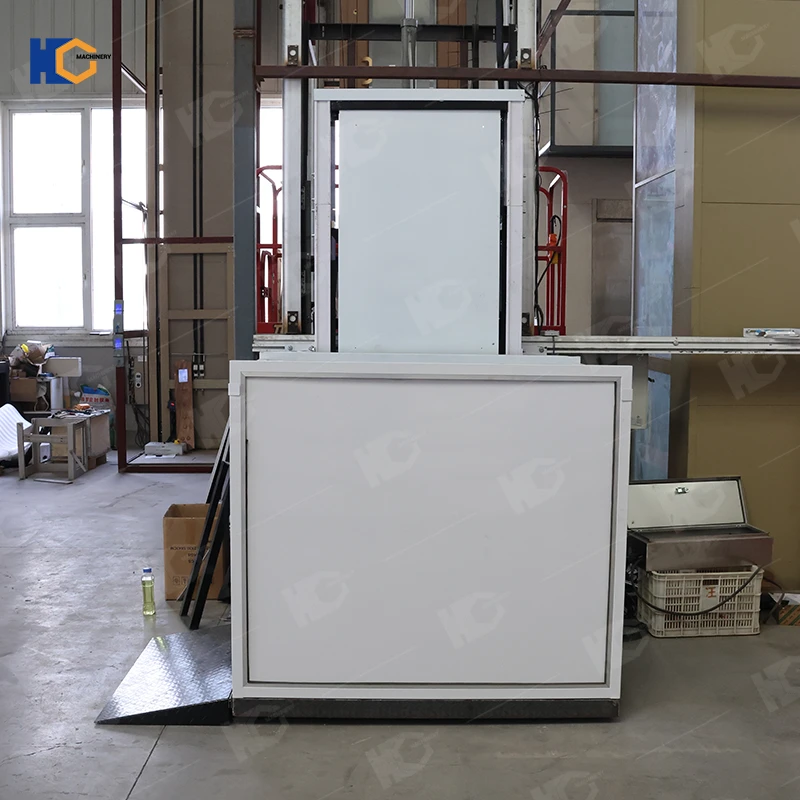
FAQs
1. Is it cost-effective to buy wheelchair platform lifts from China?
Yes. Prices from Chinese manufacturers are typically 30–50% lower than Australian suppliers. A standard vertical platform lift may cost USD 8,000–15,000 ex-factory, compared to AUD 25,000–40,000 installed in Australia.
2. Are Chinese wheelchair lifts compliant with Australian Standards?
Reputable Chinese factories can produce lifts that comply with AS 1735.14 and DDA (Disability Discrimination Act) requirements. Always request CE certification, ISO 9001, and test reports to ensure compliance before import.
3. What is the typical lead time for production and shipping?
Production: 30–45 days for standard models
Sea shipping: 18–25 days from major ports (Shanghai, Ningbo, Shenzhen) to Australia
Total lead time: 8–10 weeks
4. What are the shipping methods and costs?
Sea Freight (most common): AUD 1,500–3,500 per container depending on size and port
Air Freight: Faster (7–10 days) but expensive, mainly for spare parts
LCL (Less-than-Container Load): Suitable for small orders
5. Do I need import licenses or permits in Australia?
Yes. Wheelchair lifts are considered mechanical lifting equipment and must meet Australian Building Codes. You’ll also need customs clearance and compliance checks upon arrival.
6. What are the customs duties and GST for importing?
Customs duty: 5% (unless under FTA exemptions)
GST: 10% on CIF (Cost + Insurance + Freight) value
Example: A USD 10,000 lift + USD 2,000 shipping ≈ AUD 18,000 landed cost after duties & GST.
7. How do I ensure product quality before shipment?
Request factory audits & third-party inspection (e.g., SGS, TUV)
Test load capacity, safety sensors, emergency power, and finish quality
Ask for pre-shipment video demonstrations
8. What after-sales support can I expect from Chinese suppliers?
Good suppliers offer:
1–2 year warranty on major components
Spare parts packages included with shipment
Remote technical support via video or manuals
9. How do installation and maintenance work in Australia?
Installation must be carried out by a licensed lift installer/technician
Annual servicing is required by law (AUD 500–1,200 per year)
Many Chinese suppliers can recommend Australian partners for installation
10. How can I choose a reliable wheelchair lift supplier in China?
Look for 10+ years manufacturing experience
Check export history to Australia, Europe, or the US
Verify compliance with ISO, CE, and AS standards
Request references from past Australian buyers
